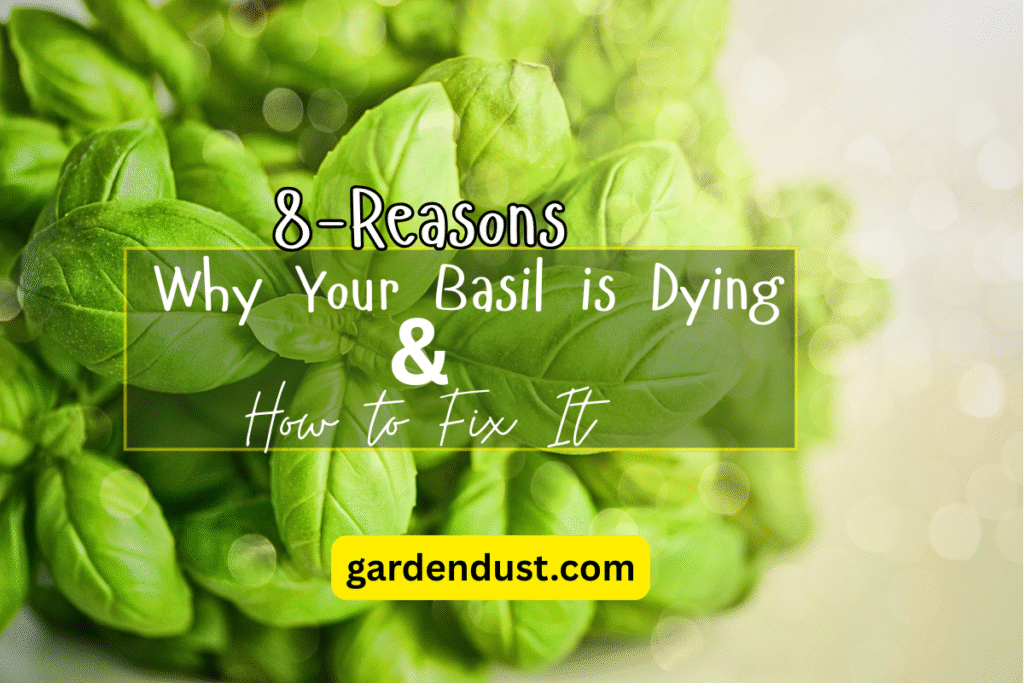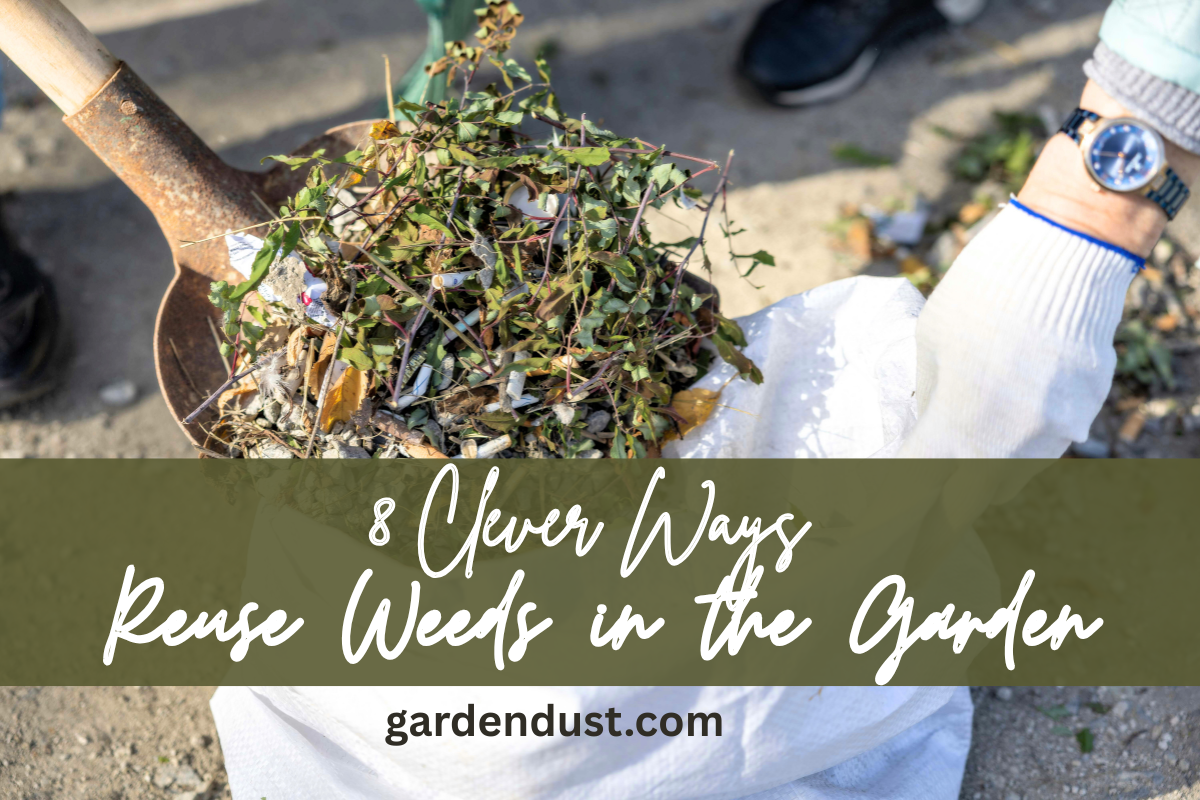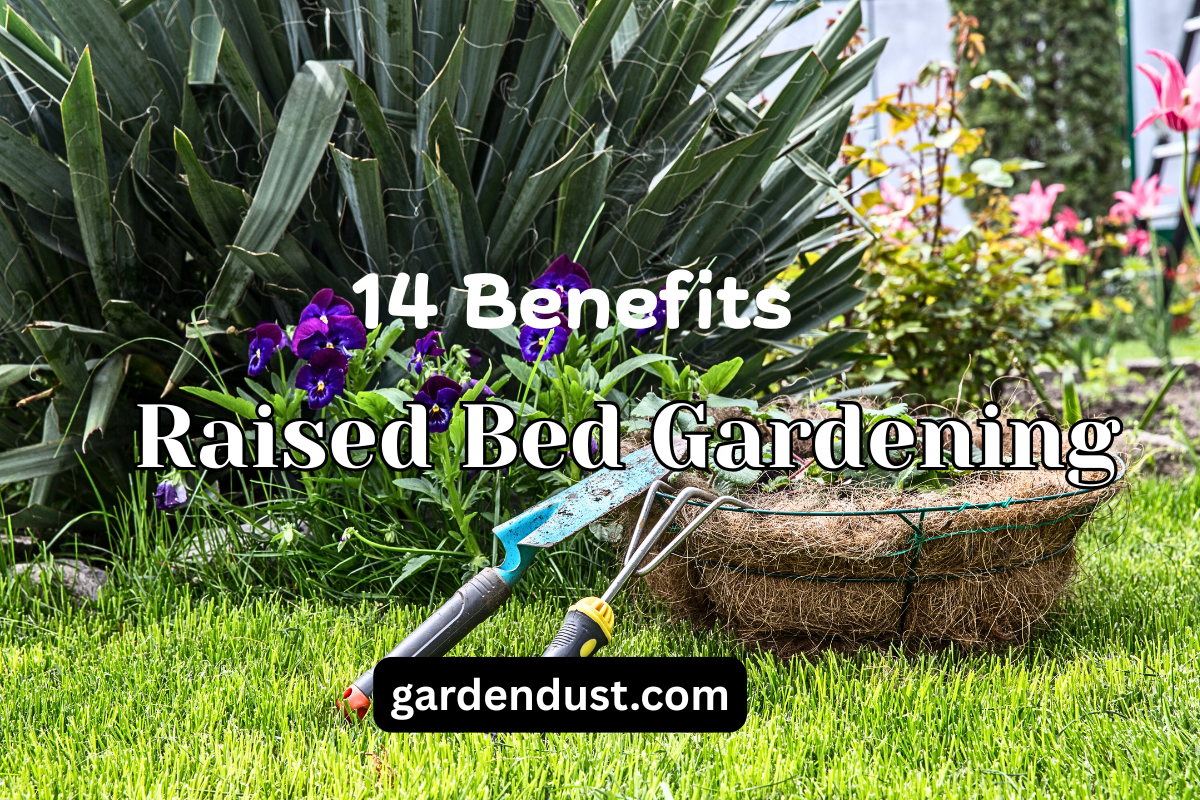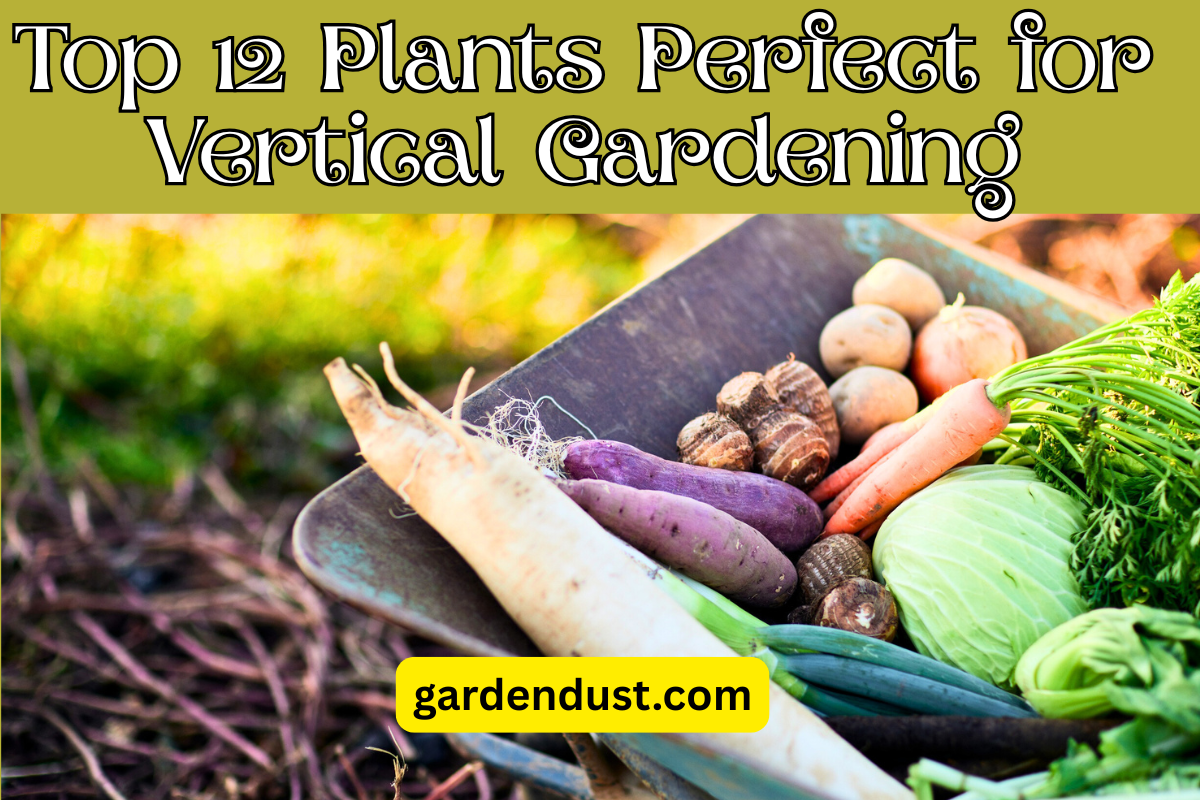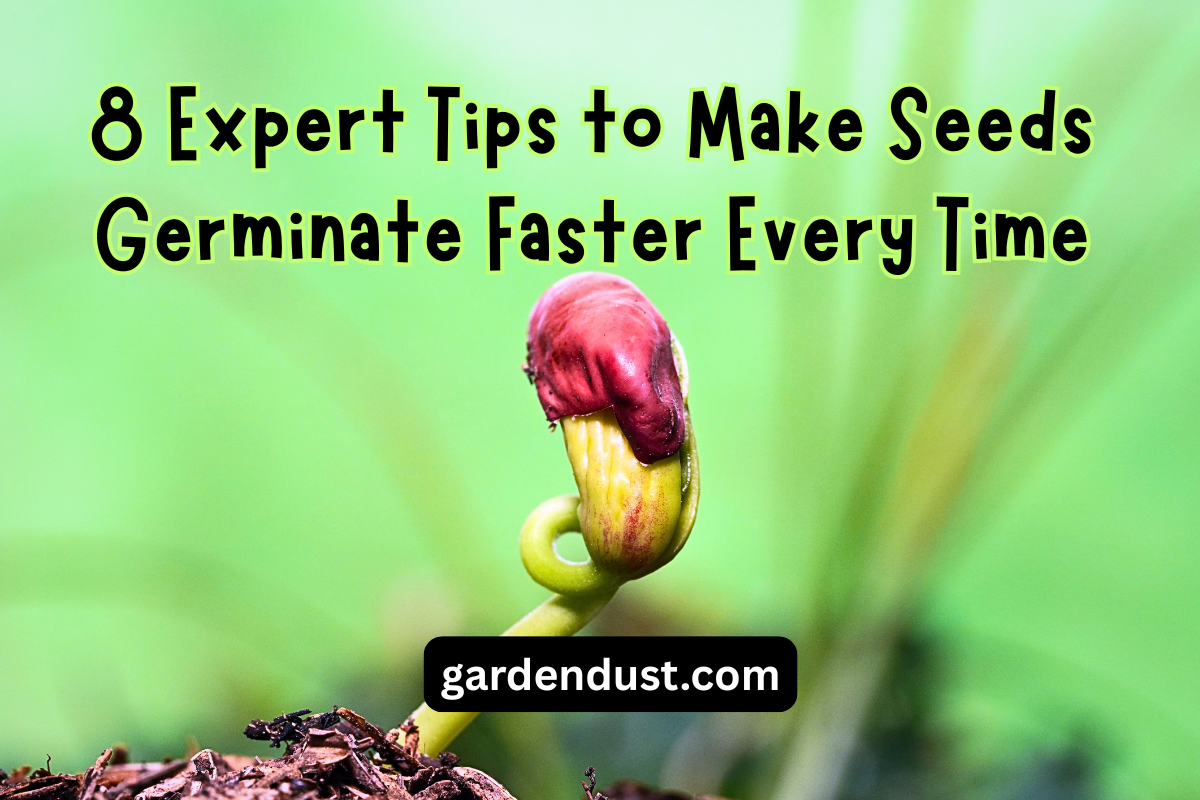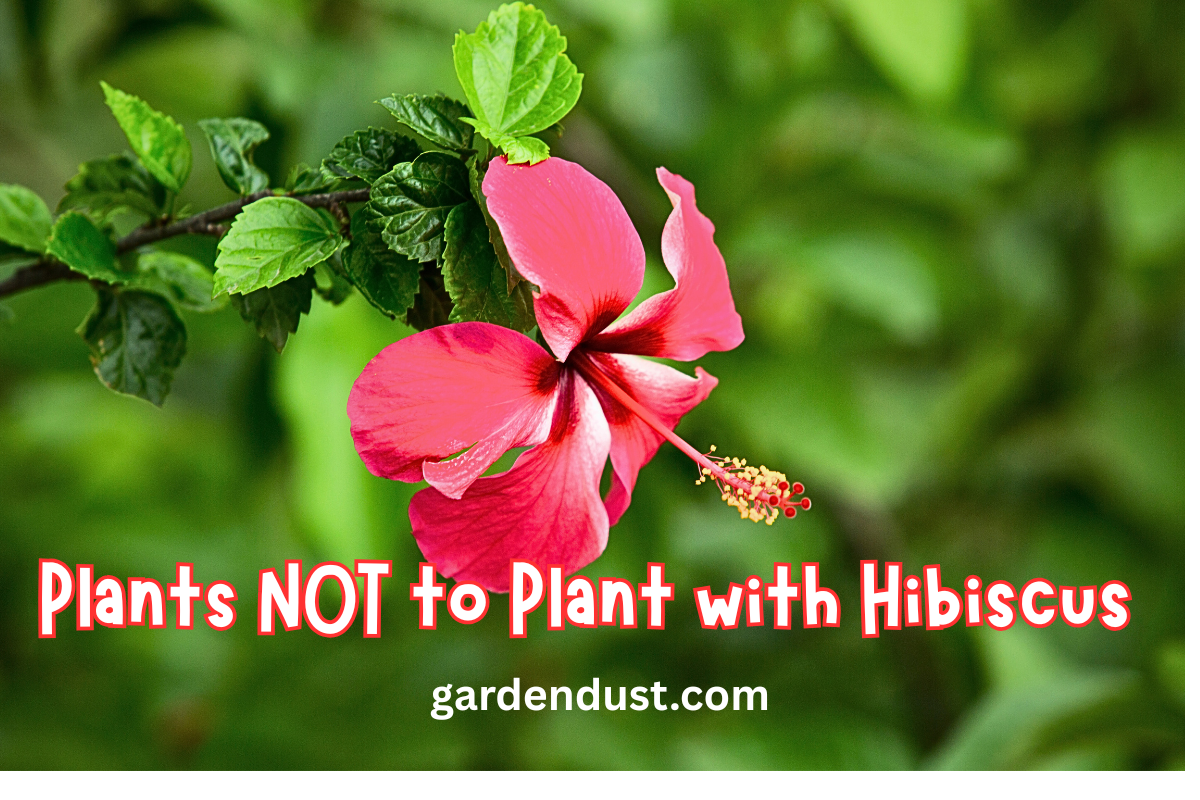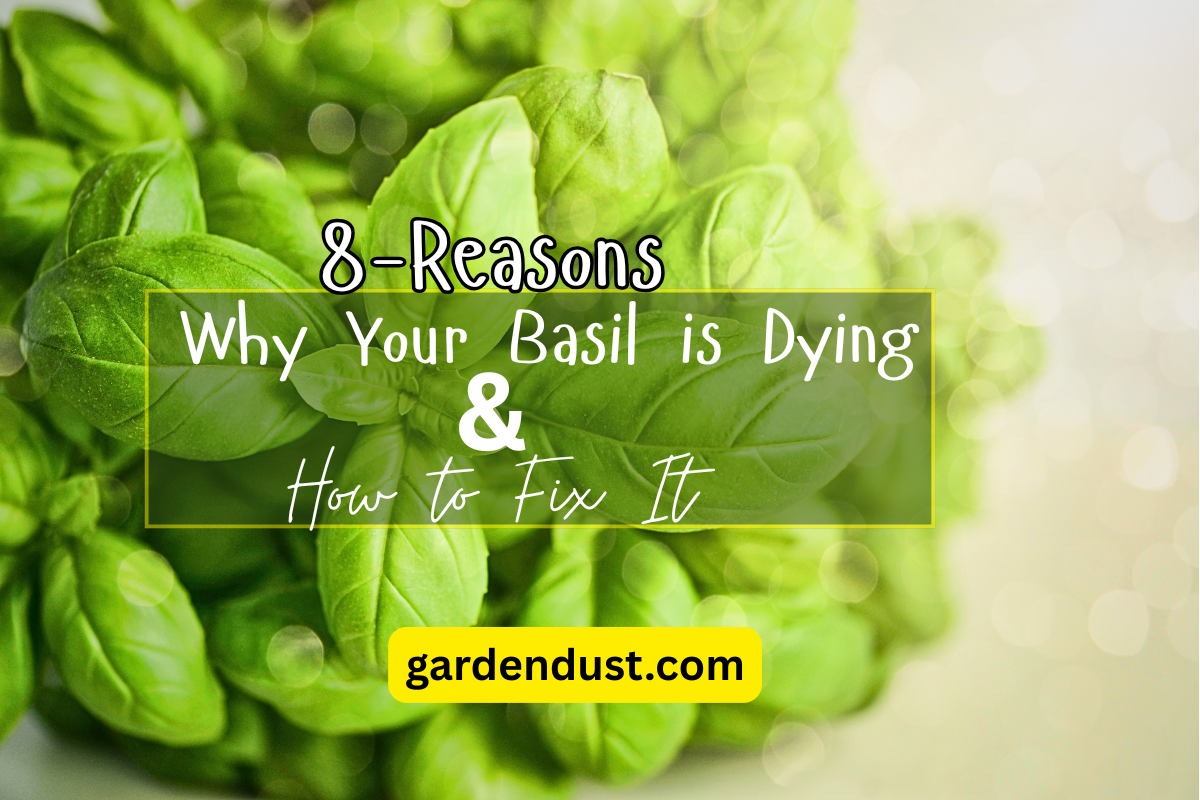Fresh, fragrant, and full of flavor—basil is one of the most beloved herbs in home gardens and kitchens. Whether you’re using it in pesto, pasta, or simply as a garnish, healthy basil plants are a joy to grow. But nothing is more frustrating than watching your basil wilt, turn yellow, or die before it ever reaches your plate.
If you’ve found yourself asking, “Why is my basil dying?”, you’re not alone. Basil can be finicky, and even experienced gardeners sometimes struggle to keep it thriving. Fortunately, most issues can be diagnosed and fixed with a little knowledge and care.
In this guide, we’ll explore the 8 most common reasons your basil plant might be dying, how to identify each issue, and most importantly—how to fix it.
1. Overwatering
Basil prefers moist, but not soggy, soil. Overwatering is one of the most common mistakes made by gardeners, especially those growing basil in containers. Constantly wet roots lead to oxygen deprivation and root rot, which can kill the plant quickly.
Signs:
- Yellowing leaves (especially the lower ones)
- Wilting despite wet soil
- Mushy or black roots when examined
- Foul odor from the soil
How to Fix It:
- Check the soil: Allow the top inch of soil to dry before watering again.
- Improve drainage: Make sure pots have proper drainage holes. Use well-draining potting mix.
- Repot if necessary: If root rot is advanced, trim away affected roots and repot in fresh, dry soil.
2. Underwatering
While basil doesn’t like soggy roots, it also doesn’t tolerate dry soil. If you forget to water it regularly, especially in hot weather or full sun, it can quickly dry out.
Signs:
- Wilted, limp leaves
- Dry, crumbly soil
- Leaves turning brown or crispy at the edges
How to Fix It:
- Water thoroughly: Give your plant a deep watering until water drains out the bottom.
- Establish a routine: Water daily in hot climates or every other day depending on pot size and location.
- Mulch: Add a thin layer of mulch to help retain moisture (especially in raised beds or large containers).
ALSO READ:-7 -Common Causes & Solutions -Tomato Blossom Drop
Basil is a sun-loving plant. It needs at least 6–8 hours of direct sunlight daily to grow strong and flavorful. If it’s grown in too much shade or indoors without supplemental lighting, it becomes weak and leggy.
Signs:
- Tall, spindly stems
- Pale or yellowing leaves
- Little to no new leaf growth
How to Fix It:
- Move it to a sunnier spot: Outdoors is best; if indoors, place near a south-facing window.
- Use grow lights: If you can’t provide natural sun, LED grow lights can supplement sunlight.
- Rotate regularly: Rotate your pot every few days to promote even growth.
4. Nutrient Deficiency
Basil is a fast-growing plant that requires consistent access to nutrients. Over time, especially in containers, soil can become depleted of essential nutrients like nitrogen, leading to poor growth and leaf discoloration.
Signs:
- Yellowing of older leaves
- Slow or stunted growth
- Small or pale new leaves
How to Fix It:
- Fertilize regularly: Use a balanced, water-soluble fertilizer (like 10-10-10) every 2–3 weeks.
- Compost: Add organic compost or worm castings to enrich soil naturally.
- Watch for overfeeding: Excessive fertilizer can burn roots—less is often more.
5. Pests
Basil attracts several pests that can cause serious damage. If left unchecked, these insects can weaken or even kill your plant.
Common Pests and Symptoms:
- Aphids: Clusters of tiny green or black bugs on new growth. Leaves become distorted or sticky.
- Spider Mites: Tiny red or yellow specks under leaves, with fine webbing.
- Whiteflies: Small white insects that fly up when disturbed.
- Slugs & Snails: Irregular holes in leaves, especially overnight.
How to Fix It:
- Spray with water: Knock off soft-bodied pests with a strong stream of water.
- Neem oil or insecticidal soap: Safe and effective treatments for most basil pests.
- Handpick: Remove larger pests like slugs and caterpillars manually.
- Companion planting: Grow basil near marigolds or garlic to deter insects.
6. Disease and Fungal Issues
Basil is prone to several diseases, particularly when grown in damp, humid, or crowded conditions. The most common problems include downy mildew, fusarium wilt, and root rot.
Common Diseases:
- Downy Mildew: Yellowing leaves with a grayish-purple fuzz underneath.
- Fusarium Wilt: Leaves curl, wilt, and fall off; stems may become streaked or brown.
- Root Rot: Caused by overwatering or poor drainage.
How to Fix It:
- Remove infected leaves: Dispose of them away from the garden.
- Improve air circulation: Avoid overcrowding. Space plants adequately.
- Use disease-resistant varieties: Some basil cultivars are bred to resist downy mildew.
- Avoid overhead watering: Water at the base to prevent leaf moisture.
7. Improper Pruning or Harvesting
Many people either harvest basil incorrectly or don’t prune it at all. Without proper pruning, the plant becomes leggy, blooms too early, and eventually declines. Improper harvesting (like removing too many lower leaves) weakens the plant.
Signs:
- Tall, thin stems with few leaves
- Early flowering and seed production
- Woody stems with sparse foliage
How to Fix It:
- Pinch from the top: Always harvest from the top of the plant, just above a pair of leaves.
- Don’t let it flower: Pinch off flower buds as soon as they appear.
- Prune regularly: Cut back to a node every 1–2 weeks to encourage bushiness.
- Leave enough growth: Never harvest more than ⅓ of the plant at one time.
8. Temperature Stress
Basil thrives in warm weather between 21°C and 29°C (70°F–85°F). It suffers in cold temperatures and can bolt or become stressed in extreme heat.
Cold Stress Symptoms:
- Dark, wilted leaves after cold nights
- Stunted growth
- Plant death if exposed to frost
Heat Stress Symptoms:
- Drooping leaves during hot midday sun
- Yellow or scorched leaf tips
- Early flowering or bolting
How to Fix It:
- Avoid early planting: Wait until nighttime temps are consistently above 15°C (60°F).
- Use shade cloth in heat: Provide partial shade during the hottest part of the day.
- Mulch: Regulates soil temperature and retains moisture.
- Bring containers indoors: If nights are too cool or frost is forecasted, move potted basil inside.
Pro Tips for Keeping Basil Thriving
Even when things go wrong, basil is relatively easy to bounce back. Here are some general care tips to maintain healthy, productive basil plants:
✅ Choose the Right Variety
- Genovese basil is the most popular, but other types like Thai basil, lemon basil, or holy basil have different needs.
- Some modern varieties are disease-resistant—great for humid regions.
✅ Grow in the Right Container
- If growing in pots, choose a container at least 6–8 inches deep with good drainage.
- Use high-quality potting soil, not garden soil, for better aeration and moisture control.
✅ Space Plants Wisely
In garden beds, space plants at least 12–18 inches apart to allow airflow and reduce disease.
✅ Companion Planting Works
Basil thrives near tomatoes, peppers, and oregano—but avoid planting it near rue or sage.
✅ Harvest Often
Frequent harvesting encourages fuller, bushier plants and delays flowering.
When Is It Too Late to Save a Dying Basil Plant?
Sometimes, despite your best efforts, a basil plant may not bounce back—especially if root rot or fusarium wilt has taken hold. If the stem is mushy at the base or there’s no new growth for several weeks, it may be time to compost the plant and start fresh.
The good news? Basil grows quickly from seed or cuttings. You can start a new plant in just a few weeks and be harvesting again in no time.
Final Thoughts
Basil is one of the most rewarding herbs to grow—but it can be temperamental. The key to success is knowing how to spot problems early and understanding what your plant is telling you. Whether it’s wilting from thirst, yellowing from overwatering, or falling victim to pests or poor pruning, each issue has a clear solution.
By addressing these 8 common reasons your basil may be dying, you’ll be better prepared to fix the problem and keep your herb garden lush, aromatic, and productive all season long. With the right care, your basil will reward you with vibrant leaves, delicious flavor, and endless kitchen inspiration. Happy Gardening…

